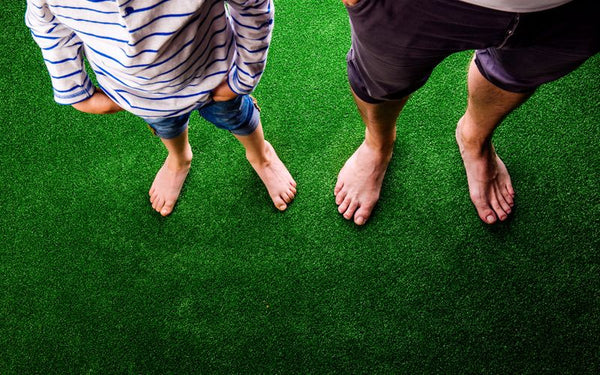The main reason for the reduced lifespan of synthetic grass is artificial turf melting. Most of the damages are caused by a natural element – sunlight. A tell-tale sign is discoloration of the blades of the leaf with melted appearance. Fortunately, this mishap can be prevented from happening any further.
Artificial turf is commonly described as imitation grass. It is a practical substitute for real grass because it requires low maintenance. With improved technology, it has become close to having both the appearance and texture of real grass. It is usually used for residential areas, but it could also be applied to playgrounds, and yes, artificial turf for pets is now popular too!
Choosing the best artificial grass for home depends on the type of turf you are looking for. Several companies offer different artificial turf prices for various kinds of artificial grass. Nevertheless, they also provide the installation and warranty of the turf. Even if it is synthetic, it can still take damage from natural elements like rain and wind, and most importantly, sunlight.
Your Artificial Turf Is Prone to Fading and Melting
Polyethylene yarn is a significant component of fake grass, and it has a high melting point. It could tolerate the heat of up to 175 – 200 oF, but beyond that, the grass could melt. Sunlight’s normal temperature cannot burn the leaves; it is merely not enough. The melting process is possible if the heat concentrates on a surface via reflection. Before installing the turf, nearby windows must be checked to assess if artificial turf melting could happen.
Block the Sun's Rays and Reflections from Windows
An area exposed to the reflected rays of the sunlight can be damaged in as fast as one week. One way to prevent this from happening is to plant tall trees, which of course takes time. The turf could be damaged already before the plant grows tall enough to block the rays. The fastest solution is to remove the reflective ability of the glass by adding a protective film over it. It is more like turning a reflective glass matte in texture to reduce the glaring.
Tinted films are the first thing that comes to mind, but they are not fake external windows in any way. However, there are also transparent films that can reduce the reflective ability of the windows. Clear films allow natural light to go in and provide the best visibility when looking outside. Having clear perforated window film is the most optimum preventive solution for artificial turf melting.










